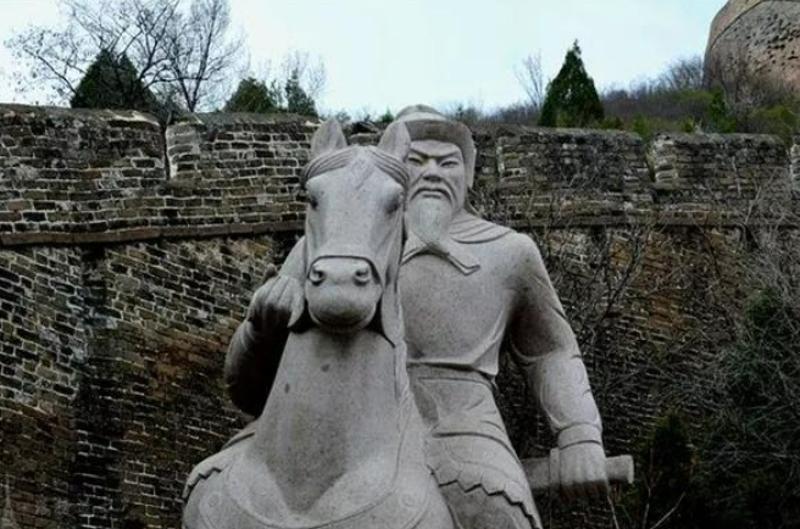The Guardian of Jinshanling: Qi Jiguang and the Great Wall's Restoration
The Great Wall of China, a testament to human ingenuity and perseverance, stretches across mountains and deserts, a silent guardian against invaders for centuries. The Jinshanling section, known for its stunning scenery and architectural diversity, stands as a powerful reminder of this legacy. While its initial construction dates back to the Ming Dynasty (1368-1644), specifically between 1368 and 1389, it owes its current grandeur to a significant restoration project undertaken from 1567 to 1570, led by the renowned general, Qi Jiguang.

The Importance of Jinshanling
Situated in a strategically crucial position, Jinshanling acted as a vital defense point protecting the Ming capital, Beijing, from Mongol incursions. This section of the Wall controlled a crucial pass through the mountains, effectively bottlenecking potential enemy advances and giving the Ming forces a significant tactical advantage.
The Need for Restoration
Over time, the unforgiving elements and the constant threat of invasion took their toll on the Jinshanling section. Exposure to wind, rain, and snow, coupled with occasional skirmishes with Mongol forces, had weakened its fortifications. By 1567, recognizing its strategic importance and the deteriorating condition, the Ming court commissioned a large-scale restoration project.
Qi Jiguang: A General and a Builder
Entrusted with this monumental task was Qi Jiguang, a highly respected military strategist and general. Already renowned for his prowess in battling Japanese pirates along the Chinese coast, Qi Jiguang brought his considerable organizational skills and military expertise to Jinshanling. His mission went beyond mere restoration; it aimed to enhance the Wall's defensive capabilities to withstand future threats effectively.
Strengthening the Defenses
Under Qi Jiguang's leadership, the restoration project focused on several key areas. Existing walls were reinforced and heightened, utilizing bricks and granite blocks for increased durability. Damaged battlements and watchtowers were meticulously repaired or rebuilt, incorporating advanced defensive features such as more emplacements for cannons and firearms. He also implemented a sophisticated signaling system using smoke and fire, allowing for swift communication between watchtowers in case of enemy incursions.
A Lasting Legacy
The restoration project, completed in 1570, left an enduring mark on Jinshanling. Qi Jiguang's efforts breathed new life into the Wall, transforming it into a more formidable and resilient barrier. This contributed significantly to the Ming Dynasty's defense against further Mongol threats. The Jinshanling section, with its blend of original Ming construction and Qi Jiguang's improvements, stands today as a testament to the vision and determination of the renowned general and the enduring strength of the Great Wall of China.
Q&A
1. What makes the Jinshanling section of the Great Wall unique?
The Jinshanling section is unique for its scenic beauty, diverse architectural styles, and the blend of original Ming Dynasty construction with the significant restoration work overseen by Qi Jiguang. This combination makes it a particularly fascinating stretch of the Wall to explore.
2. Why was Qi Jiguang chosen to lead the restoration of the Jinshanling section?
Qi Jiguang was chosen due to his renowned military expertise and his exceptional organizational skills. He had already proven himself a capable leader in battles against Japanese pirates, and the Ming court trusted him to fortify and enhance the Jinshanling section against future threats.
3. How did the restoration project improve the Jinshanling section's defensive capabilities?
The restoration project under Qi Jiguang fortified existing walls, repaired and rebuilt watchtowers, incorporated advanced weaponry emplacements, and implemented a sophisticated communication system. These improvements transformed Jinshanling into a more formidable barrier against potential invasions.
note: This return of all, without the author's permission, may not be reproduced